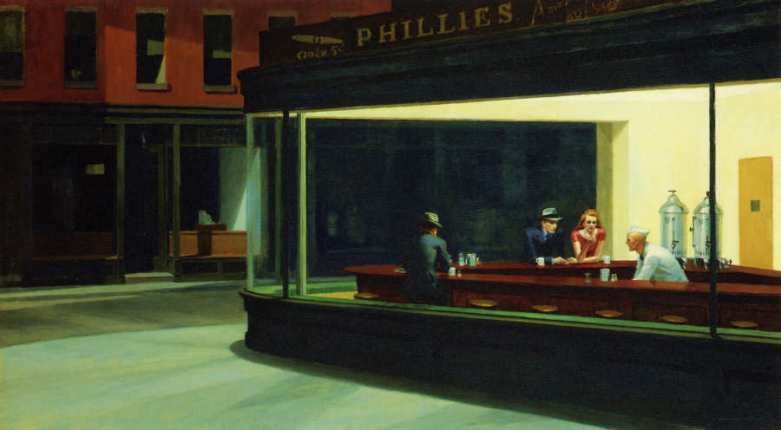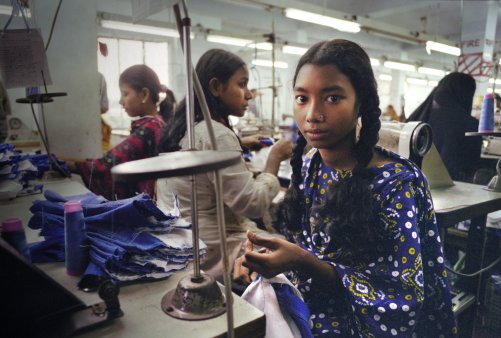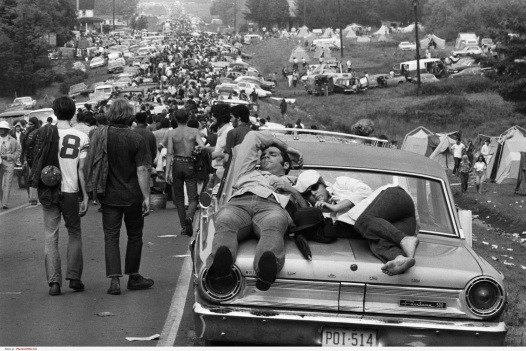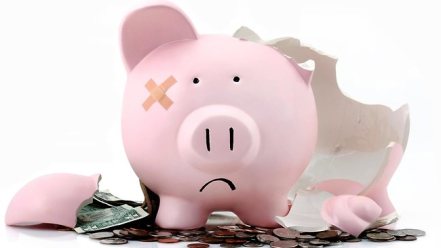The 2007 Financial crisis has been said to be an ethical crisis. Even though it was first a liquidy crisis where investors stopped lending to almost entities, followed by a solvency crisis which became contagious and affected other markets and countries, it remains based on unethical mistakes. Some blames governments and central banks for their lack of monetary policy, but it goes without saying that this crisis “reflects the failure of an economics and social model grounded on ethical assumptions, and it’s these assumptions that have failed.”
It seems highly likely that these financiers were terrifying normal humans like you and me, who have done unethical actions. Assuming that, how and what have led them to be subject of Hannah Arendt’s theory of “banality of evil” ?
First, one major cause of this crisis was greed. What is greed? Greed can be defined as a selfish and excessive desire for more of something (in this case money) than is needed. Obviously, financiers highly value honor, glory, wealth and fame, and they showed, during or before this crisis, how they were more willing to lie than to restrain their desires or values. In actual fact, people have always tend to be greedy, arrogant, but there might have been social, legal and institutional changes since then which have accentuated people’s vices. At first glance we can blame their immoral behaviours, but on further examination financiers’ contracts were based on the transactions they completed, not the consequences of what they did.
It is beyond all doubt that the emotional distance from the others and the consequences make it easier for financiers to operate as they are far from this feeling of empathy that alert us to the pain of others. Nevertheless they must be accountable for their actions, you cannot just blame the financial system for what you have done. Zubroff call this dimension of the crisis “the terrifying human breakdown”.
That is the reason why this ethical crisis can be linked with the philosophy of the “banality of evil”. Indeed, her concept was used for describing Eichmann during his trial in Jerusalem for war crimes. Paradoxically Hannah Arendt discovered this man and he was far from being a monster, he was sadly normal. He was a man who just wanted recognition. To some extent, a financier can be compared to this Eichmann, a zealous and ambitious man, subject to the authority, who is unable to know right from wrong. Both follow instructions without thinking, and it is where the “banality of evil” and the ethical crisis appear. Nonetheless, at any rate they are accountable even when they are part of a business model that “produce thoughtlessness, compounded by a widespread abrogation of individual moral judgment.
These scandals of family forced to relinquish their home because of remoteness from reality of some financiers, have led some business school to rethink their courses and to now offer some course of business ethics. With time, people discovered that ethics cannot be separated from economics because “economics deals with means, but not means for given goals because ethics governs the goals”. It remains to been seen whether next financiers would remain it was mainly the separation of economics and ethics that was one ultimate cause of the crisis.




